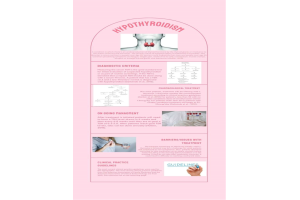Continuous Glucose Monitoring and their Effects Over the Lifespan
- $10.00
INTRODUCTION TO CGM
- There are approximately 425 million adults diagnosed with diabetes worldwide, and that number is only increasing (Erfanyukova et al., 2020).
- Continuous Glucose Monitoring (CGM) devices allow for the measurement of the blood glucose level by measuring the glucose level in the interstitial fluid (Erfanyukova et al., 2020).
- This allows the patient to have an improved level of control without frequently needing to stick their fingers for blood sampling.
- It also allows the patient to monitor effects of their physical activities, food intake, and their medications on their blood glucose levels in real time (Aggarwal et al., 2022).
- Providers can upload the data from the device, and receive accurate readings, instead of being reliant on handwritten logs that are subject to tampering.
The Device
CGM Monitors are subcutaneous sensors that utilize interstitial glucose measurement (Erfanyukova et al.,2019).
- 5 minute intervals
- Calibrated regularly using a glucometer twice/day in the beginning of use of CGM
Readings can be affected by several factors: (Erfanyukova et al.,2019).
- Body fat percentage
- Physical condition of patient
- Stress levels
- Rate of metabolism of carbohydrates
Disposable sensors
- Every 7 days
- Expensive











